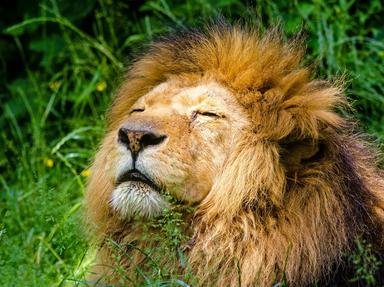Quiz Answer Key and Fun Facts
1. What familiar "family" of animals do the zebra belong to?
2. Of the following, which is NOT one of the three species of Zebra?
3. In captivity, the Zebra has been cross-bred with a variety of "non-zebra" equines. Which of the following is NOT a hybrid cross between a zebra and traditional equine animal?
4. On the average, what is the life expectancy of a wild zebra (given that their life is not ended prematurely by a predator)?
5. Which of the following is the most likely hypothesis for why zebras have black bodies with white stripes? (Yep it is not a white body with black stripes as most believe).
6. What is the customary living arrangement for Plains Zebras and Mountain Zebras?
7. In the wild, what is the average age when male and female zebras mature enough to reproduce?
8. A subspecies of Plains Zebra became extinct in the late 1800s with the last known captive animal passing away at an Amsterdam zoo in 1883. Which of the following "extinct" zebras are now making a comeback with a "breeding back" program that was started in the early 2000s.
9. Zebras are revered in many native indigenous tribes within Africa. Which land-locked South African country with the Capital city Gaborone, has a coat of arms containing two zebras standing up on their hind legs?
10. Which of the following animals can out-run the zebra in a race over 100m?
Source: Author
coachpauly
This quiz was reviewed by FunTrivia editor
gtho4 before going online.
Any errors found in FunTrivia content are routinely corrected through our feedback system.

